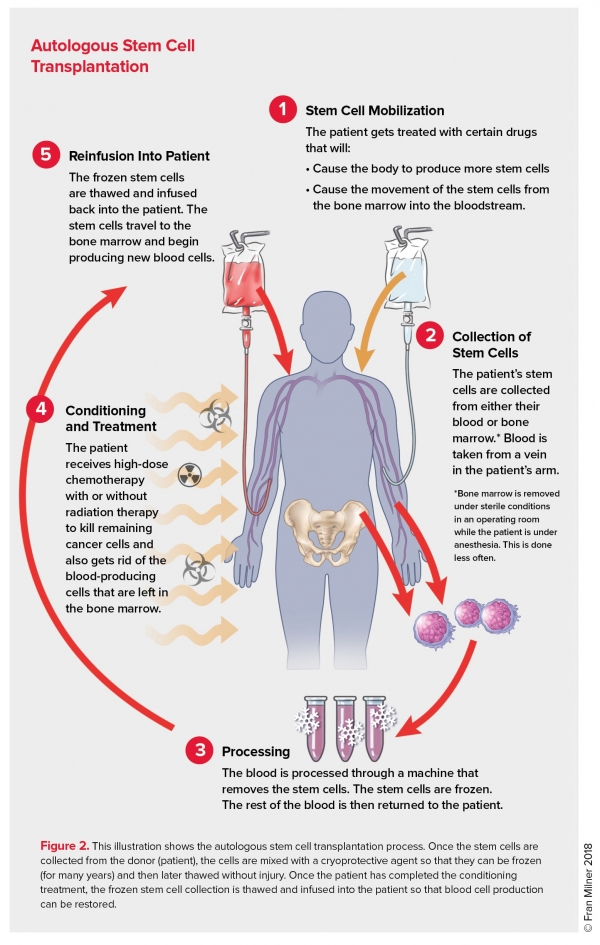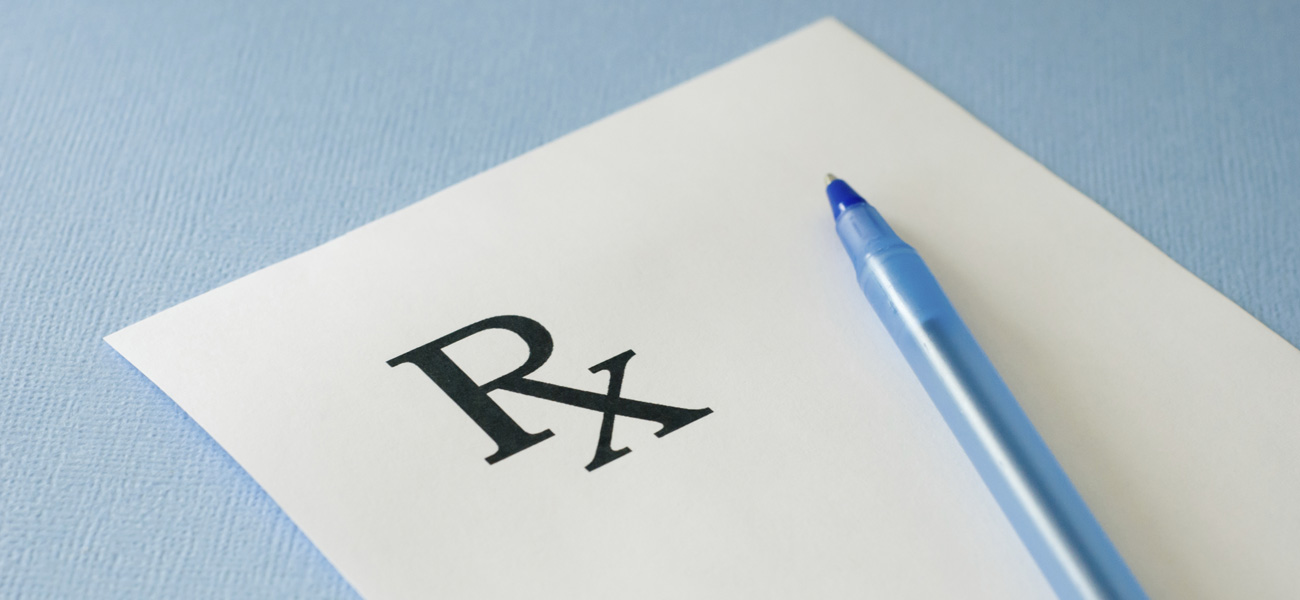In autologous stem cell transplantation, the procedure uses the patient’s own stem cells for the transplant. The stem cells are collected from the patient in advance and are frozen. After the patient undergoes high doses of chemotherapy, either with or without radiation therapy, the stem cells are then returned to the body. This type of transplant is often used to treat blood cancers such as Hodgkin lymphoma, non-Hodgkin lymphoma and myeloma.

An autologous stem cell transplant's goal is to restore the body's ability to make normal blood cells after high-dose chemotherapy or radiation. Such intensive treatments usually destroy cancer cells better than standard treatments, but these high-dose treatments are toxic and also destroy the blood-producing stem cells in the bone marrow. That is why the stem cells are removed before the treatment, so they can be treated outside of the body and reinfused after the treatment to make new blood cells in the bone marrow. This is called “engraftment.” Engraftment occurs more quickly in an autologous transplantation than in an allogeneic transplantation because the frozen cells are the patient’s own stem cells, so graft failure (when the transplanted cells do not successfully grow and divide in the bone marrow) is rare, and graft-versus-host disease (GVHD) is never a problem.
Unlike allogeneic stem cell transplant, this procedure:
- Doesn't offer the benefits of graft-versus-tumor (GVT) effect, when healthy donor cells attack cancer cells. As a result, there is a higher risk of relapse of the disease.
- Doesn't carry the risk of graft-versus-host-disease
Tandem transplant. Most people have a single autologous transplant. Others may have a transplant called a “tandem transplant.” A tandem transplant involves a planned second autologous stem cell transplant after the first autologous transplant. All the stem cells are collected from the patient before the first-high dose chemotherapy treatment. After the first transplant, half of these stem cells are infused into the patient’s body. Usually, several weeks or months pass before the second course of high-dose chemotherapy. After the second course, the other half of the healthy stem cells that were originally removed are infused. This method is under study in clinical trials for the treatment of several types of cancer, including myeloma.
Related Links
- Download or order The Leukemia & Lymphoma Society's free booklets:
